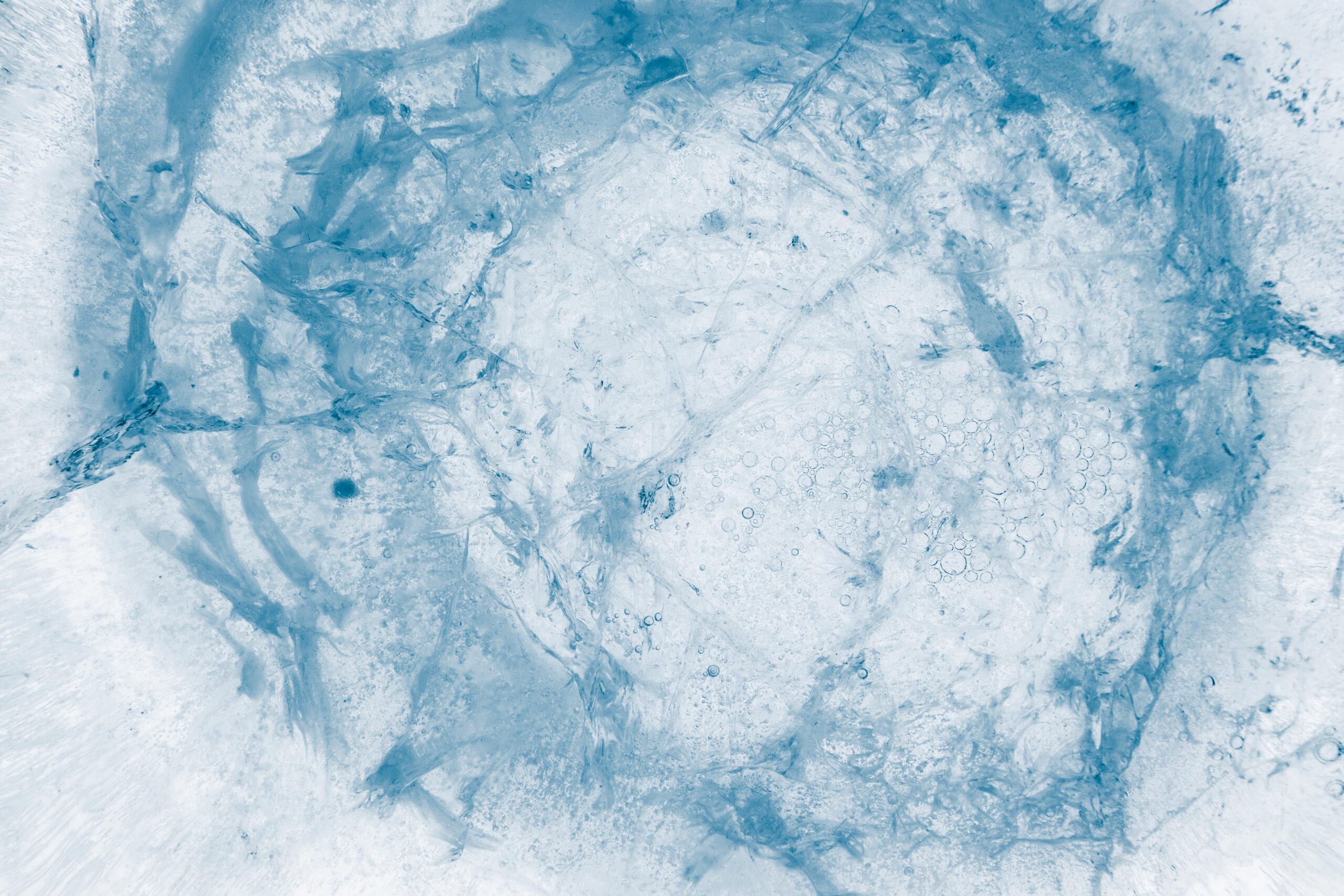Did you know that calcium scale deposits on pool walls can be a common and unsightly issue for pool owners? If left untreated, they can affect the cleanliness and enjoyment of your swimming experience.
In this informative and well-researched article, we will provide you with step-by-step instructions on how to effectively remove calcium scale deposits from your pool walls.
By following our expert advice, you can say goodbye to those stubborn deposits and ensure a clean and inviting swimming environment for all.
Key Takeaways
- Calcium scale can be removed from pool walls using various methods such as using a pumice stone, stain eraser, or scale remover.
- It is important to determine the type of calcium scale (calcium carbonate or calcium silicate) before choosing a removal method.
- Regularly cleaning and scrubbing the pool walls can help prevent calcium carbonate buildup.
- If other removal strategies don't work for calcium silicate, it may be necessary to seek professional help.
Understanding Calcium Scale Deposits
Calcium scale deposits are a common issue that pool owners may encounter, causing a range of problems such as discoloration, rough texture, and potential damage to pool surfaces. These deposits, also known as pool wall calcium deposits, are formed when calcium in the water turns from a liquid to a solid and congregates on pool walls. They are typically white-gray chalky buildup that can dull the color of pool tiles or lining, giving the pool an aged appearance.
There are two types of calcium scale deposits: calcium carbonate and calcium silicate. Calcium carbonate is brighter white and easier to remove compared to calcium silicate, which has a gray hue and takes longer to build up on pool walls. Calcium silicate can even cause pipe scaling, and in such cases, it may be necessary to seek professional help for removal.
To remove calcium carbonate deposits, various methods can be used. These include using a pumice stone, stain eraser, or scale remover to scrub the affected areas. However, it is important to avoid using a pumice stone on soft-sided pool liners as it may cause damage. Regular cleaning and scrubbing of the pool walls can help prevent calcium carbonate buildup.
Removing calcium silicate deposits can be more challenging. A pumice stone can be used on hard surfaces like tile and concrete, but it is crucial to keep the surface wet while using it. For vinyl or fiberglass pools, a calcium scaling treatment may be more effective. If these strategies do not work, it is advisable to contact a professional pool provider for assistance.
Preventing calcium scale deposits is essential for maintaining a clean and well-functioning pool. Regular testing and maintenance of water balance, including pH, calcium hardness, and alkalinity levels, is crucial. The use of a calcium hardness reducer can help if the water has high calcium levels. Regularly cleaning and maintaining the pool filters, as well as brushing and scrubbing the pool walls, can also help prevent calcium scale formation. Consideration should also be given to using a sequestering agent to prevent calcium scale deposits.
Testing and Identifying the Type of Calcium Scale
When dealing with calcium scale deposits in your pool, it is important to test and identify the type of calcium scale present. This will determine the most effective method for removal.
Testing with muriatic acid can help differentiate between calcium carbonate and calcium silicate scale. Calcium carbonate is brighter and easier to remove, while calcium silicate is greyer and more stubborn.
Testing for Calcium Scale
To accurately identify and test for calcium scale, it is important to use muriatic acid in order to determine whether the scale is calcium carbonate or calcium silicate. Here's how to test for calcium scale on your pool wall:
- Start by brushing the suspected scale area to remove any loose debris.
- Apply a small amount of muriatic acid to the area using a brush or cloth.
- If the scale fizzes and bubbles, it is likely calcium carbonate.
- If the scale does not react to the muriatic acid, it is likely calcium silicate.
- Repeat the test in different areas of the pool to ensure accurate identification.
Testing for calcium scale is an essential step in pool wall scale cleaning as it helps determine the most effective removal method.
Now, let's explore the process of differentiating calcium carbonate and calcium silicate.
Differentiating Calcium Carbonate and Calcium Silicate
The muriatic acid test is a reliable method for differentiating between calcium carbonate and calcium silicate scale deposits on pool walls. By conducting this test, pool owners can determine the type of scale they are dealing with and choose the appropriate treatment method. Here is a table that compares the characteristics of calcium carbonate and calcium silicate scale deposits:
| Calcium Carbonate | Calcium Silicate |
|---|---|
| Brighter white color | Greyer hue |
| Easier to remove | More stubborn |
| Commonly found on tile surfaces | Can build up on tile, concrete, and even pipes |
| Can be removed with pumice stone, stain eraser, or scale remover | May require professional assistance for removal |
Knowing the type of scale is essential for effective pool wall scale removal and treatment. By understanding the characteristics and appropriate treatment methods, pool owners can tackle the issue with confidence and restore their pool walls to their former glory.
Lowering Calcium Hardness and Balancing Alkalinity
In order to effectively remove calcium scale deposits from your pool wall, it is crucial to lower the calcium hardness and balance the alkalinity of the water. These steps are essential for maintaining the overall health and appearance of your pool.
Here are three important factors to consider when addressing calcium hardness and alkalinity:
- Partially drain and refill the pool: Lowering the calcium hardness can be achieved by reducing the amount of calcium in the water. This can be done by partially draining the pool and refilling it with fresh water. It is recommended to repeat this process until the calcium hardness reaches the desired level.
- Balance the alkalinity: Alkalinity refers to the ability of the water to resist changes in pH. It is important to balance the alkalinity to prevent future issues and ensure the effectiveness of the pool wall scale removal process. Testing the alkalinity levels and adjusting them using appropriate pool chemicals is crucial for maintaining a healthy pool environment.
- Regular maintenance: Proper pool wall maintenance is key to preventing the buildup of calcium scale deposits. Regularly cleaning and scrubbing the pool walls will help to remove any existing scale and prevent new deposits from forming. It is also important to test the pool water regularly for calcium hardness and alkalinity levels to ensure they are within the recommended range.
By lowering the calcium hardness and balancing the alkalinity of the pool water, you are taking proactive steps to prevent the formation of calcium scale deposits on the pool wall. These measures will not only improve the overall appearance of your pool but also contribute to its longevity and functionality.
In the next section, we will discuss the importance of adjusting pH levels for effective removal of calcium scale deposits.
Adjusting Ph Levels for Effective Removal
Maintaining the appropriate pH levels is essential for effectively removing calcium scale deposits from your pool wall. The pH level of your pool water affects the solubility of calcium, which in turn affects the formation and removal of calcium scale. To ensure optimal pH levels for pool wall cleaning and pool surface scale removal, it is important to follow a few key steps.
Firstly, it is crucial to test the pH level of your pool water using a reliable testing kit. The ideal pH range for pool water is between 7.2 and 7.6. If the pH level is too high, above 7.6, it can contribute to the formation of calcium scale deposits. On the other hand, if the pH level is too low, below 7.2, it can make it difficult to remove existing calcium scale deposits.
To adjust the pH level, you can use pH increasers or pH decreasers, depending on whether you need to raise or lower the pH level. Follow the manufacturer's instructions carefully when using these products, as over or under-adjusting the pH level can lead to further issues.
Once the pH level is within the appropriate range, you can proceed with the pool wall cleaning and removal of calcium scale deposits. It is recommended to use a pool cleaner specifically formulated for calcium scale removal. These cleaners are designed to dissolve and loosen the scale, making it easier to scrub off.
When scrubbing the pool walls, use a soft brush or sponge to prevent scratching the surface. Work in small sections and apply gentle pressure to remove the scale effectively. Rinse the area thoroughly after scrubbing to remove any loosened debris.
Regularly monitoring and adjusting the pH level of your pool water is an important part of maintaining a clean and scale-free pool wall. By following these steps, you can effectively remove calcium scale deposits and ensure the longevity and aesthetics of your pool.
Removing Calcium Carbonate Deposits
To effectively remove calcium carbonate deposits from your pool wall, it is important to use appropriate methods and tools for their removal. Calcium carbonate deposits can give your pool walls a dull and aged appearance, and if left untreated, they can become more difficult to remove over time.
Here are some methods you can use to successfully remove calcium carbonate deposits from your pool wall:
- Pumice stone: A natural and abrasive tool, the pumice stone is suitable for tile and concrete surfaces. Gently scrub the affected areas with the pumice stone, making sure to keep the surface wet to prevent scratches.
- Stain eraser: An effective alternative to the pumice stone, stain erasers are specifically designed to remove calcium carbonate deposits. These erasers can be used on various surfaces, including tile, concrete, and even soft-sided pool liners.
- Scale remover: Scale removers are chemical solutions that are specifically formulated to dissolve and remove calcium carbonate deposits. Follow the instructions provided by the manufacturer and apply the scale remover to the affected areas. After allowing it to work for the recommended time, scrub the deposits with a brush or sponge.
By regularly cleaning and scrubbing your pool walls, you can help prevent the formation of calcium carbonate deposits. Additionally, maintaining proper water balance and regularly testing the pH, calcium hardness, and alkalinity levels of your pool water can also aid in the prevention of scale buildup. Using a sequestering agent can further help in preventing calcium scale deposits from forming on your pool walls.
With the right methods and tools, you can effectively remove calcium carbonate deposits and keep your pool looking clean and inviting.
Removing Stubborn Calcium Silicate Deposits
When dealing with stubborn calcium silicate deposits on your pool walls, it is important to employ effective methods and tools to ensure their successful removal. Calcium silicate is known for being more difficult to remove than calcium carbonate, requiring a bit more effort and patience.
In this section of the pool wall scale guide, we will explore some techniques to help you tackle these stubborn deposits.
One effective method for removing calcium silicate deposits is to use a pumice stone. This natural and abrasive stone is suitable for hard surfaces like tile and concrete. Wet the surface before gently rubbing the pumice stone over the deposits. This will help prevent scratching or damaging the pool walls. Repeat the process until the deposits are completely removed.
For vinyl or fiberglass pools, where using a pumice stone may not be suitable, consider using a calcium scaling treatment specifically designed for these types of surfaces. These treatments are formulated to dissolve and remove the stubborn calcium silicate deposits without causing any damage.
If the above methods do not work, it may be necessary to seek professional help. Professional pool providers have specialized tools and expertise to effectively remove stubborn calcium silicate deposits. They can assess the situation and recommend the most appropriate course of action.
To prevent future calcium silicate deposits, it is crucial to maintain proper water balance and regularly test the pH, calcium hardness, and alkalinity levels. Additionally, regular cleaning and maintenance of pool filters, as well as brushing and scrubbing the pool walls, will help prevent the formation of calcium silicate deposits.
Frequently Asked Questions
How Often Should I Test the Water in My Pool for Calcium Scale Deposits?
To ensure the prevention and timely removal of calcium scale deposits from your pool wall, it is recommended to test the water regularly for calcium levels. The frequency of testing will depend on various factors such as the hardness of your water source, the pool's calcium hardness level, and the presence of any previous calcium scale issues.
As a general guideline, monthly testing is advisable, but in cases where water hardness is high or there is a history of calcium scale, more frequent testing may be necessary.
Can I Use Household Cleaning Products to Remove Calcium Scale From My Pool Walls?
Using household cleaning products to remove calcium scale from your pool walls is not recommended. These products are not specifically designed for pool surfaces and may damage the pool's finish or liner.
It is best to use cleaning agents specifically formulated for removing calcium scale deposits in pools. These products are designed to effectively dissolve and remove the scale without causing harm to the pool walls.
It is important to follow the manufacturer's instructions and take proper safety precautions when using these products.
Will Removing Calcium Scale From My Pool Walls Affect the Water Chemistry?
Removing calcium scale from pool walls may have an impact on water chemistry, depending on the methods used. If a pumice stone or scale remover is used, it is important to monitor the pH and alkalinity levels afterwards, as these methods can affect the balance of the water.
However, when using a calcium scaling treatment or seeking professional help, the impact on water chemistry is typically minimal. Regular maintenance and testing of water parameters are recommended to ensure proper balance and prevent calcium scale formation.
Can I Prevent Calcium Scale Deposits by Using a Specific Type of Pool Filter?
Using a specific type of pool filter cannot directly prevent calcium scale deposits. However, maintaining proper water balance, regularly testing pH, calcium hardness, and alkalinity levels, and cleaning and maintaining the pool filters can help prevent calcium scale buildup.
Additionally, brushing and scrubbing the pool walls regularly and considering the use of a sequestering agent can also help prevent calcium scale deposits.
It is important to note that using a calcium hardness reducer can help lower high calcium levels in the water, which can contribute to calcium scale formation.
Is There a Specific Type of Brush or Scrubber That Works Best for Removing Calcium Scale From Pool Walls?
When it comes to removing calcium scale from pool walls, there isn't a specific type of brush or scrubber that works best for every situation. However, using a stiff-bristle brush or a nylon scrub brush can be effective in loosening and removing the scale.
It's important to choose a brush that is suitable for the surface of your pool walls, whether it's tile, concrete, vinyl, or fiberglass.
Additionally, using a pool cleaner specifically designed for removing calcium scale can also be helpful in the process.


